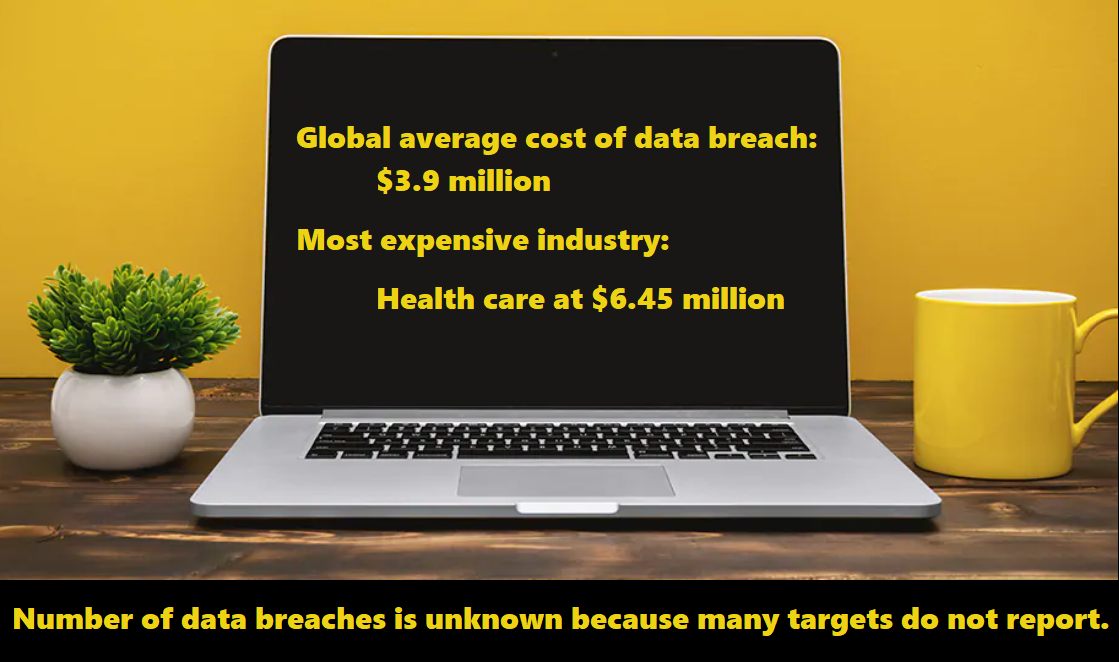Cybersecurity for Infrastructure: Project Syndicate
Cybersecurity for Infrastructure: Project Syndicate
Read the article from Project Syndicate about rising cyberattacks on hospitals and other health-care facilities.
Marietje Schaake, a former member of the European Parliament, is Policy Director of the Cyber Policy Center at Stanford University and President of the CyberPeace Institute. Stéphane Duguin is CEO of the CyberPeace Institute.
Read about Cyber 4 Healthcare, a service to connect health workers and organization with qualified volunteer cybersecurity assistance.
Read more about cyberattacks from SafetyDetectives: More than 90 percent of attacks start with a phishing email, enticing readers to click on a link, and 6 percent are form browser-based malware. Most hackers are part organized crime, and financial gain is the motivation for more than 75 percent of hackers. Businesses with less than 1,000 employers are most susceptible.
.png)
